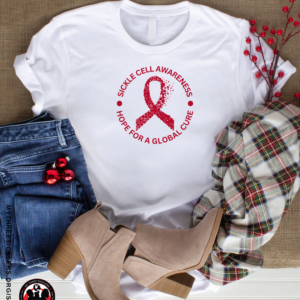Sickle cell disease (SCD) is an inherited blood disorder (a blood disorder that runs in families). People with SCD produce an abnormal type of hemoglobin (called hemoglobin S (HbS) or sickle hemoglobin). Hemoglobin is a protein in red blood cells that carries oxygen from the lungs to the organs and tissues in the body. The abnormal hemoglobin in SCD can cause the red blood cells to have a sickle or banana shape under certain conditions. People with SCD often have a decreased number of red blood cells, a condition called anemia, which can cause lack of energy, breathlessness, and pale color of the skin and lips.
There are many forms of SCD and the most common type is Hb SS, known as sickle cell anemia, which is inherited when a child receives two “S” genes (one from each parent). Hb SC is a form of disease that is inherited when a child receives one sickle cell gene, “S” from one parent and from the other parent, a gene for an abnormal hemoglobin called “C”. Another type of SCD, sickle beta-thalassemia, occurs when a child inherits one sickle cell gene and one gene for beta thalassemia (another type of abnormal inherited hemoglobin that causes anemia).










